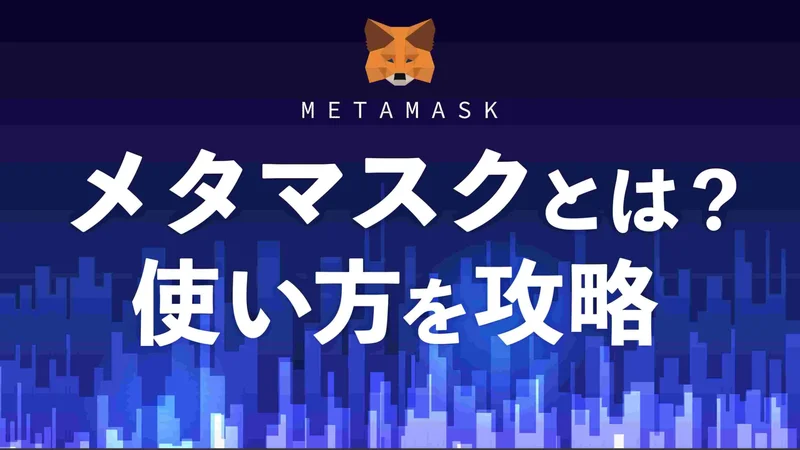Article Directory
An Incongruous Signal: Deconstructing MetaMask's $30M 'Gift'
For years, MetaMask has been the closest thing Web3 has to a public utility. Like a browser or an operating system, it’s the default, near-invisible infrastructure for millions of users. It has maintained this position through neutrality, a simple interface, and a brand that felt more like a tool than a product with its own agenda. That period of perceived neutrality is now definitively over.
The recent announcement of MetaMask's upcoming rewards program will distribute $30 million in LINEA during first season is the most significant strategic pivot in the wallet’s history. The official line from Consensys, the parent company, frames this as "a genuine method of regularly giving back to our community." The language is carefully chosen, intended to project altruism. But an objective analysis of the program’s structure reveals a different function entirely. This isn't a gift. It's a calculated, multi-pronged strategy to bootstrap a sister ecosystem, financialize MetaMask’s user base, and build a defensive moat in an increasingly fragmented market.
The program’s core components—referral rewards, mUSD incentives, and a massive distribution of LINEA tokens—are classic user acquisition mechanics. To suggest this is "not a farming play" is a semantic discrepancy of the highest order. The express purpose is to incentivize specific onchain behaviors that directly benefit another Consensys-incubated project, the Linea Layer 2 network. This is a capital injection designed to solve the cold start problem for a nascent chain by leveraging the user base of a mature product. And this is the part of the announcement that I find genuinely puzzling: the insistence on a narrative that is so clearly contradicted by the program's observable mechanics. Why not simply state the objective? The disconnect suggests a fundamental uncertainty about how to message this transition to a user base accustomed to a non-interventionist wallet.
The strategy becomes clearer when viewed against the backdrop of MetaMask’s operational reality. The wallet must constantly adapt to stay central. Its recent integration with networks like Ronin, an EVM-compatible sidechain for gaming, isn't a minor feature update; it's a strategic necessity. As value and activity migrate from Ethereum mainnet to a constellation of Layer 2s and sidechains, the `metamask chrome` extension risks becoming a gateway to an emptying city. By integrating with Ronin, and countless others, it maintains its position as the universal key. But that's a defensive posture. The rewards program is the first major offensive move, an attempt to not just connect to other ecosystems, but to build its own.

The Unspoken Financial Plumbing
Delving into the specifics, the numbers tell a story of deliberate ecosystem engineering. The $30 million allocation is the headline, but the choice of the LINEA token as the reward medium is the critical detail. It creates a closed-loop economy. Users are paid in the currency of the very network Consensys wants them to use. This immediately seeds Linea with a base of token holders who are now financially incentivized to see that network succeed. The inclusion of MetaMask’s own mUSD stablecoin, which currently has a circulating supply of around $88 million—or $87.7 million, to be exact—further tightens this loop, providing a stable asset for transactions within this curated environment.
However, the announcement leaves two critical variables unaddressed: jurisdictional restrictions and Sybil resistance. This is not a minor omission. Without extremely robust anti-Sybil measures, a significant portion of that $30 million will inevitably be captured by sophisticated, multi-account farming operations, not the "long-time MetaMask users" the company claims it wants to reward. The details of how these loyal users will be identified remain opaque. Will it be based on wallet age? Transaction count? Total volume? Each metric is gameable and presents its own set of flaws. The lack of clarity on this front is a significant operational risk.
This ambiguity feeds directly into the qualitative data set we can observe in the public response. The sarcastic reply from crypto streamer "Gainzy"—"[T]his will go over well and no one will be disgusted and insult you"—is not an outlier. It’s a concise summary of the prevailing sentiment among a battle-hardened user base that has seen this playbook before. They recognize the mechanics of a token-based incentive scheme and are immediately skeptical of altruistic framing. This is a predictable reaction, and one that Consensys must have anticipated. The question is, does it matter? The goal may not be to win the hearts and minds of crypto-native cynics, but to simply activate the behavior of the silent majority through sheer financial gravity.
The ultimate end-state of this strategy is the planned MASK token. Consensys CEO Joseph Lubin has stated it is "significantly related to the decentralization of certain aspects of the MetaMask platform." This is the final piece of the puzzle. The rewards program isn’t just about bootstrapping Linea; it’s about conditioning the user base to engage with MetaMask in a more financialized way, preparing them for the eventual introduction of a native governance and utility token. The program serves as a large-scale data gathering operation to see who responds to which incentives, refining the model for the main event. It’s a dress rehearsal for the full monetization and ecosystem-capture play that the MASK token represents.
A Utility Becomes a Kingdom
My final analysis is this: MetaMask is leveraging its immense market power as a neutral utility to construct a kingdom. The rewards program is not a community dividend; it is the fiscal policy of an emerging digital state, using subsidies (LINEA tokens) to direct population flow to a chosen province (the Linea network). The future MASK token will be its sovereign currency. The risk here isn't a failed airdrop; it's a fundamental betrayal of the user trust that made MetaMask ubiquitous in the first place. The platform is transitioning from being the map to being a destination on the map, and the tremors from that shift are only just beginning.
